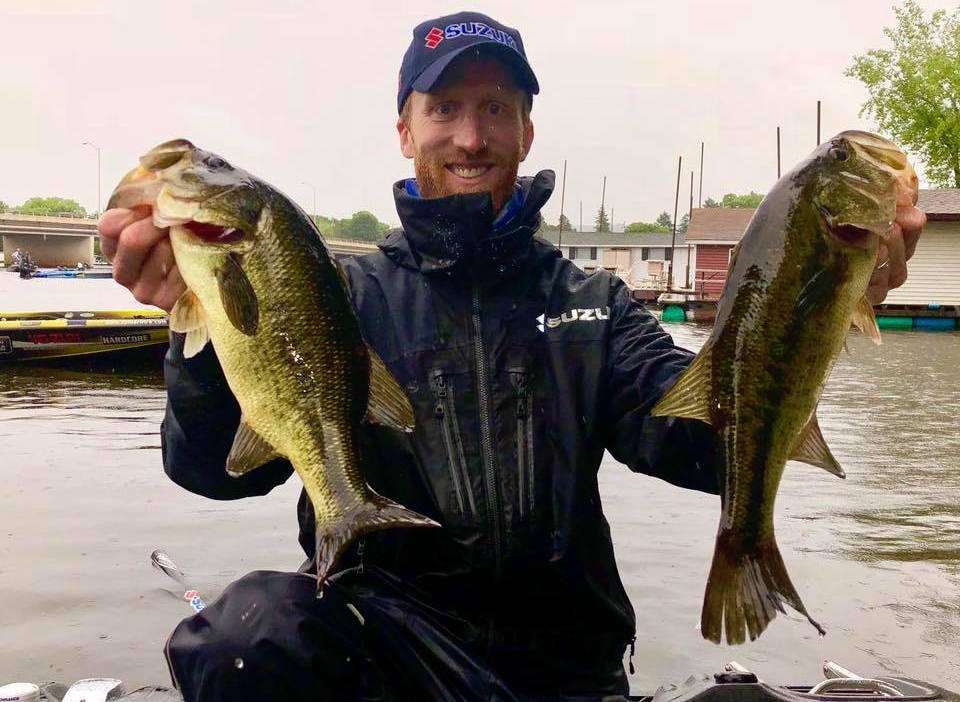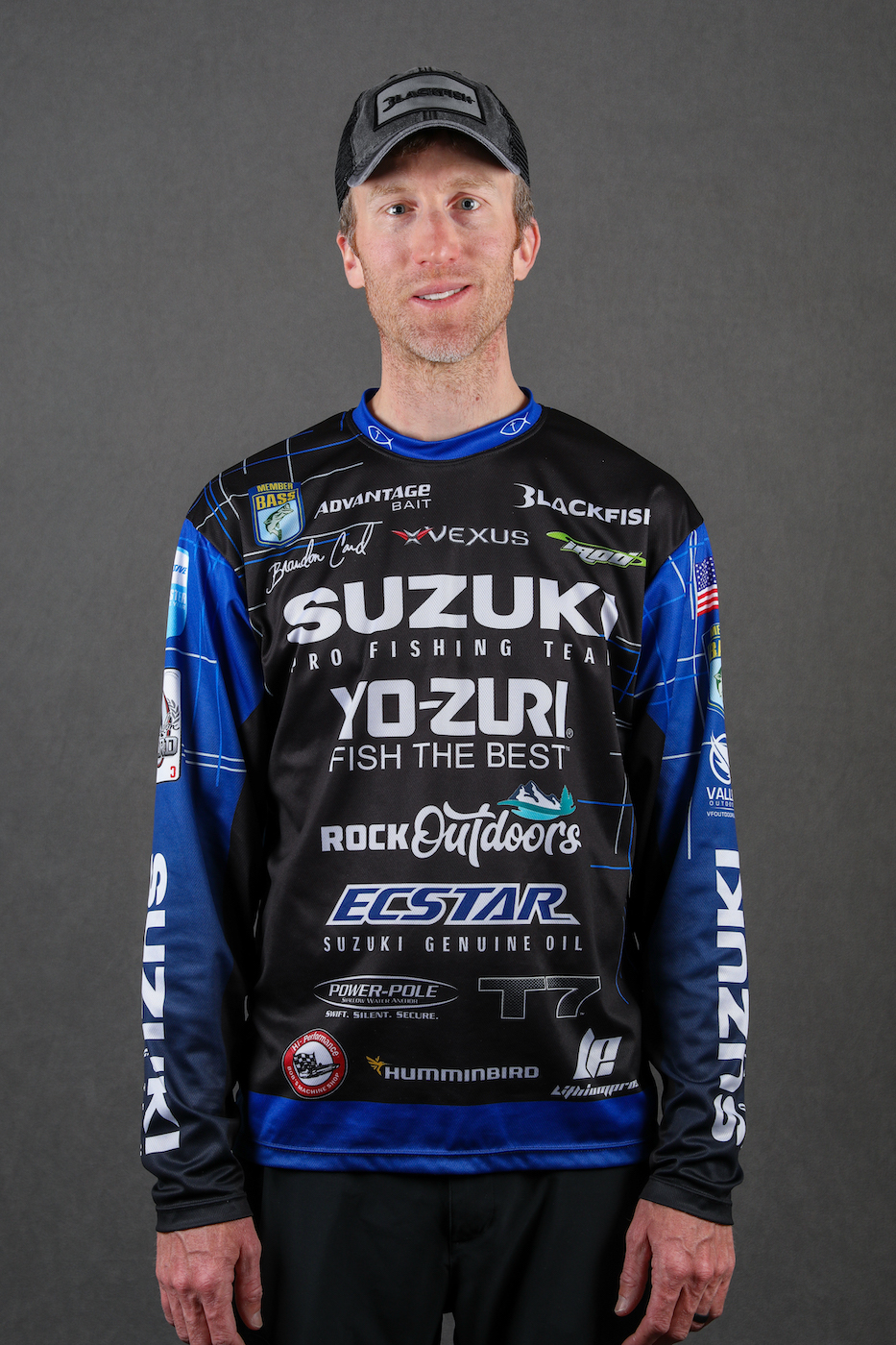
There’s one piece of equipment that you don’t hear much about, but that’s critically important to your fishing education. It’s an underwater camera. In my judgement it’s the best way there is to learn about your SONAR system and improve your fishing, regardless of whether your units are at the introductory level or at the most sophisticated level.
A quality camera will give you a visual picture of what’s actually down there that you can use to compare and contrast with what you’re seeing on you electronic’s screen. It’s one thing to find a stump or a rock with your SONAR. It’s something else to actually see it with your eyes.
We’ll talk about structure first.
Take some time to slowly motor along a stretch of bank, maybe a few hundred yards. Pay close attention to what you see on your SONAR under your boat and along both sides of it. Make written notes, if necessary. Then follow along the same bank with your camera and see what’s really there. It will amaze you. What you think you’re seeing with your SONAR may not be what’s really there.
That is not intended to be a criticism of any SONAR system. They are truly amazing. I can’t imagine fishing without my Lowrance units. But, at the same time, they’re a piece of tech equipment that we all have to learn to use. There’s a learning curve with them and a part of that learning curve is learning to understand what it is that you’re really seeing.
Now let’s take a look at identifying fish.
The best electronics we can buy won’t distinguish between a bass and a walleye, or a catfish. Nor will it distinguish between a school of crappie around a stump and a school of white bass around one.
There are ways to do that, however. Each species of fish sets up a little differently, and in some cases the size of the arch or speck on your screen will help. Most of us have learned about these differences the hard way. We fished and we caught what we caught.
With a camera it gets easier and faster. You can actually drop it down, see what’s really there and then make a note of what they look like on your SONAR screen.
The differences between a vertical and a horizontal school will become obvious, and so will the differences between how far they are off the bottom or how big and dark the arches appear. You can get quick and accurate information. Then, the next time maybe you won’t need the camera. You’ll better understand what you’re seeing with your SONAR.
One thing I’m often asked about in a kind of negative way is water clarity and its effect on your ability to see with a camera. That doesn’t have to be a problem. I’ve learned that a quality camera will do a surprisingly good job in dark water and under poor contrast conditions.
I use a FishSens SondeCAM HD. It has excellent low visibility capability. I can use the built-in WiFi module to pull up the live video directly to my smartphone, or I can plug it into my Lowrance units and watch the live video on them. I can even save the image or video for a later look or share it on social media.
If you’re serious about catching more bass, invest in a camera. You won’t regret it. They are a great learning tool and a lot of fun.

